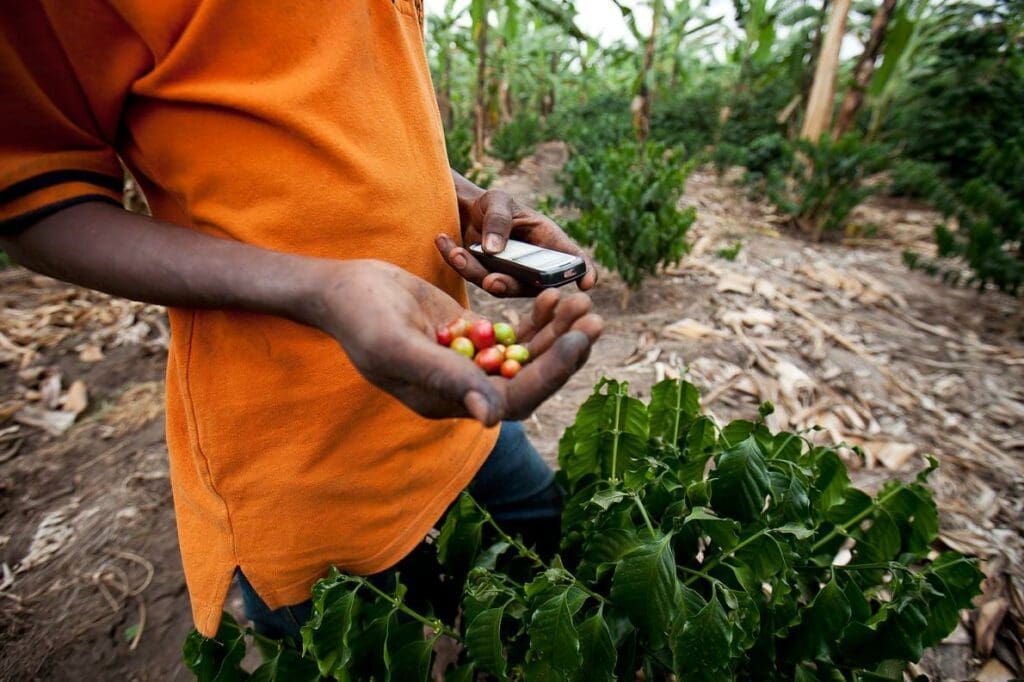
How Cell Phones Can Help End World Hunger

No Silver Bullet
Technology alone won’t deliver the world from hunger. After all, SMS technology is useless for the millions of farmers who are illiterate. Gender inequality and cultural tradition, meanwhile, keep technology like cell phones out of the reach of millions of female farmers across the globe, even though women make up an estimated 43% of the agricultural workforce in developing nations
Plus, cell phone coverage can’t compensate for inadequate roads, which stop farmers from delivering their surplus crops to the market.
And scientific advances on nutrition and agriculture remain the most effective tools to grow more food. Yet SMS technology provides a unique solution for delivering word of these breakthroughs to subsistence farmers, especially since the communities that would benefit most are often the most remote.
Organizations like World Food Program USA, the U.N. World Food Programme and U.S. Agency for International Development need support from governments as well as the private sector to invest in more research and smarter programs to help small farmers succeed.
More than half of the planet’s arable yet unused farmland can be found in Africa, where millions of small farmers lack access to basic infrastructure and information. By empowering small farmers like the women I met in Tanzania with information, and with cell phone technology, we can raise millions of families out of hunger and poverty.




